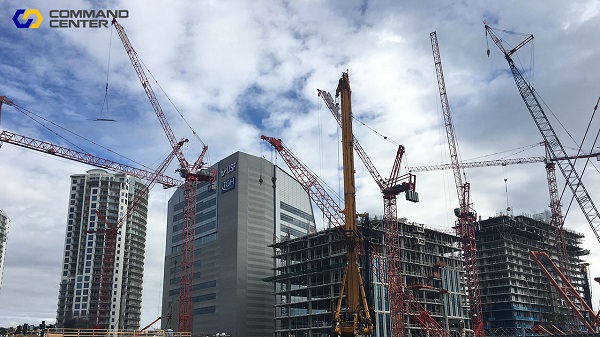 Sunday, September 29, 2024
Sunday, September 29, 2024  Sunday, September 29, 2024
Sunday, September 29, 2024 
Monitor concrete maturity to identify when in-place concrete achieves specified strengths in the field so that steel cables can be post-tensioned and formwork and shoring can be removed.

Most specifications require early-age concrete to achieve a certain minimum strength before allowing the construction team to post tension steel and remove formwork and shoring. In order to be sure the concrete has reached the specified strength, projects conduct laboratory tests. However, these laboratory tests—usually either compressive or flexural strength tests conducted on small concrete specimens—do not always accurately represent actual strength gain of concrete in the field. In-place concrete might gain strength faster than laboratory specimens, meaning that valuable time is wasted waiting for specimens to reach the required strength.
To mitigate the disparity between laboratory test specimens and actual in-place concrete, construction teams can monitor the maturity of in-place concrete as a supplement to standard strength tests. By using COMMAND Center maturity monitoring to determine when adequate concrete strength is achieved in the field, construction teams can move on to post-tensioning and form and shore removal as soon as the in-place concrete is ready.
Keep Reading on CommandCenterConcrete.com and Expedite Your Construction Schedule